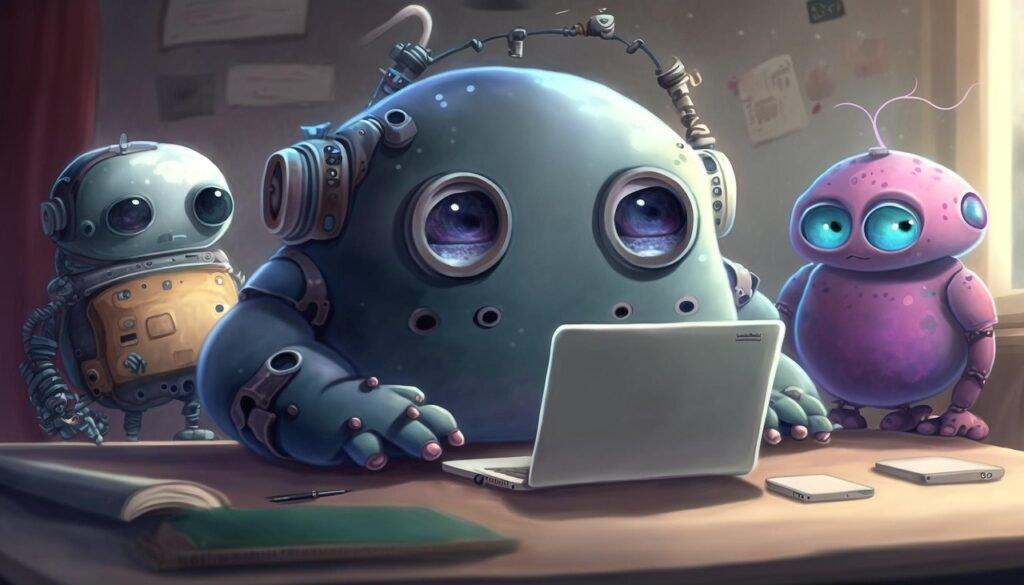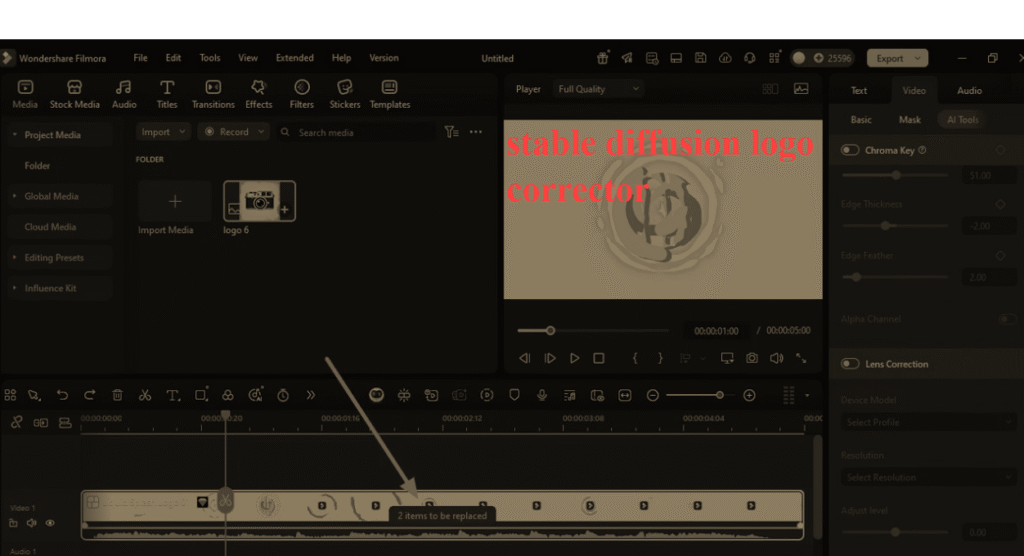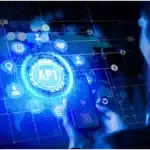Top AI Agent Development Trends You Can’t Ignore in 2025

With the world of AI advancing at a rapid pace, staying ahead of upcoming trends is no longer just an advantage; it is essential for any business seeking to remain competitive. Not long ago, AI agents were simple tools: passive, prompt-based assistants that waited for instructions to be given. But those days are quickly fading.
Today’s AI agents are adaptive, proactive, and capable of navigating complex systems independently. Whether it’s solving operational inefficiencies, enabling hyper-personalized customer interactions, or collaborating autonomously across departments, these agents are reshaping how enterprises function at their core.
Businesses today aren’t just exploring AI agent development services for efficiency—they’re architecting their operations around agents. These smart, semi-autonomous units are capable of learning, reasoning, conversing, and even making decisions across workflows. From autonomous copilots to agent orchestration frameworks, here’s what will define the next phase of AI-driven business transformation—and how to get ahead of it.
Strategic AI Agent Trends Poised to Reshape Industries in 2025
In 2025, the role of AI agents extends beyond automating human tasks to also establishing new ways of doing business. From personalizing user journeys to streamlining enterprise ops, AI agents are now central to how businesses think, scale, and pace.
Here are the top trends that will shape how industries benefit from AI agent services in 2025.
Trend 1: Autonomous Agents for Task Ownership
AI agents are now being trained not just to assist but to own tasks end-to-end. These agents go beyond simple task assistance—they actively monitor systems, detect anomalies, generate reports, alert the right teams, and can even trigger automated remediation steps.
The shift is no longer about helping teams but handling what used to be human-led workflows. By assigning full-cycle ownership to AI agents, teams are able to focus their energy on strategic and creative initiatives.
Example: In modern DevOps environments, AutoGPT-powered agents are being used to handle everything autonomously from spinning up test environments to executing QA and deployment.
Trend 2: Multi-Agent Collaboration Ecosystems
We’re entering an era where multiple AI agents work together, like digital departments. One agent processes data, another strategizes, and a third executes the plan. Each agent is specialized, and all are connected.
AI agents mimic cross-functional human teams, bringing scale and speed that human coordination can’t match.
Example: In enterprise procurement, one agent can analyze supplier performance, another negotiates via emails autonomously, and another tracks contracts.
Trend 3: Memory-Driven Agents
Short-term, context-limited agents are outdated. In 2025, AI agents retain memory of interactions, user preferences, mistakes, and learnings. They adapt with each run. Long-term memory makes agents feel more human and reduces friction across repeat tasks and interactions.
Example: A customer service agent remembers your last four chats, your preferred tone, and even the issues you’ve had before, adjusting their communication style accordingly.
Trend 4: On-Device AI Agents
Thanks to advancements in model compression and edge computing, AI agents are shifting to the device. In addition to that, it stores the information at the point of collection rather than in a remote data center, leading to quicker response time, including offline and privacy by design.
For industries like healthcare, logistics, and defense, this unlocks responsiveness in high-stakes, low-connectivity environments.
Example: In-field service agents use tablets powered by on-device AI that identify faults, recommend actions, and automatically log reports — all without an internet connection.
Trend 5: Emotionally Intelligent Agents
AI agents are now being designed with emotional intelligence, enabling them to detect user sentiment, adjust tone, and apply conversational empathy in real time. This allows agents to navigate sensitive contexts more effectively, transforming them from functional bots into emotionally aware digital collaborators.
Example: In mental health support, agents like Woebot assess mood shifts across conversations and tailor responses dynamically, offering guidance that feels empathetic rather than pre-programmed.
Trend 6: Domain-Specific AI Agent Frameworks
Industry-specific agent frameworks are now taking center stage, built with sector knowledge and aligned with relevant skills from the start. This trend is accelerating enterprise adoption by reducing training overhead and shortening the time to value.
Example: Legal AI agents understand compliance clauses and the context of case law to draft documents that meet region-specific standards, right out of the box.
Trend 7: Agentic APIs and Toolchains
Companies like LangChain, MetaGPT, and CrewAI are building SDKs and APIs specifically designed to develop and deploy AI agents, not just static chatbots. These frameworks support memory, planning, recursion, and collaboration. This trend is making it easier for startups and enterprises to build sophisticated agents without having to start from scratch.
Example: An AI agent using LangGraph can reason across steps, access external tools via plugins, and dynamically re-plan when outcomes deviate.
Trend 8: Security-Conscious Agents with Access Control
With great autonomy comes great responsibility. In 2025, the rise of AI agents is expected to bring enterprise-grade access rules, identity verification, and zero-trust principles.
Security is being built in, not bolted on—a must-have as agents take on critical workflows.
Example: Finance teams use agents that can reconcile accounts autonomously but are sandboxed from initiating transactions without multi-factor authentication.
Trend 9: Agents That Generate Agents (Meta Agents)
AI agents are now building other agents—task-specific, disposable ones that spin up and retire as needed. It’s agent orchestration without human prompts. This recursive delegation unlocks scalability and complexity handling we’ve never seen before in autonomous systems.
Example: A research agent delegates literature review, summarization, and citation formatting to temporary agents it creates on demand.
Trend 10: Regulation-Ready and Auditable Agents
As regulatory frameworks around AI mature, today’s agents are being designed with accountability in mind—not just in how they perform tasks but in how their decisions can be understood and traced. Features like explainable logic, built-in guardrails, and detailed activity logs are becoming baseline expectations. And this kind of auditability isn’t just for compliance—it’s a trust builder, which makes all the difference when deploying agents in high-stakes environments.
Example: In insurance underwriting, AI agents now log each decision with timestamped steps, clear reasoning trails, and retraceable inputs, making compliance and trust go hand in hand.
Final Thoughts
AI agents have matured into scalable, reliable systems capable of making real decisions across industries. Trends like autonomy, specialization, emotional intelligence, and built-in security are shaping agents into more than just tools — they’re becoming integral contributors to everyday operations.
But the real shift begins when businesses identify where these agents fit into their workflows. That’s when emerging trends become a real transformation, transitioning from experimentation to long-term adoption.
As AI agents grow more capable, this is the moment to prototype, integrate, and prepare your organization for what’s next.
Because in 2025, AI agents won’t just support your business. They’ll be part of it.

https://charfen.co.uk/ A Complete Guide for Entrepreneurs and Business Growth

8 Benefits Of Implementing Sales And Commission Software For Business Growth

Unlocking Business Intelligence: Why Power BI Training is the Future of Data-Driven Success

Accelerating drug discovery through the DEL-ML-CS approach

AI in Marketing Is No Longer a Buzzword — It’s the Strategy

Is Janitor AI Down: Everything You Need to Know

stable diffusion logo corrector: Complete Guide for Designers and Marketers

2D Art: Why Human Creativity Trumps Automated Generators








